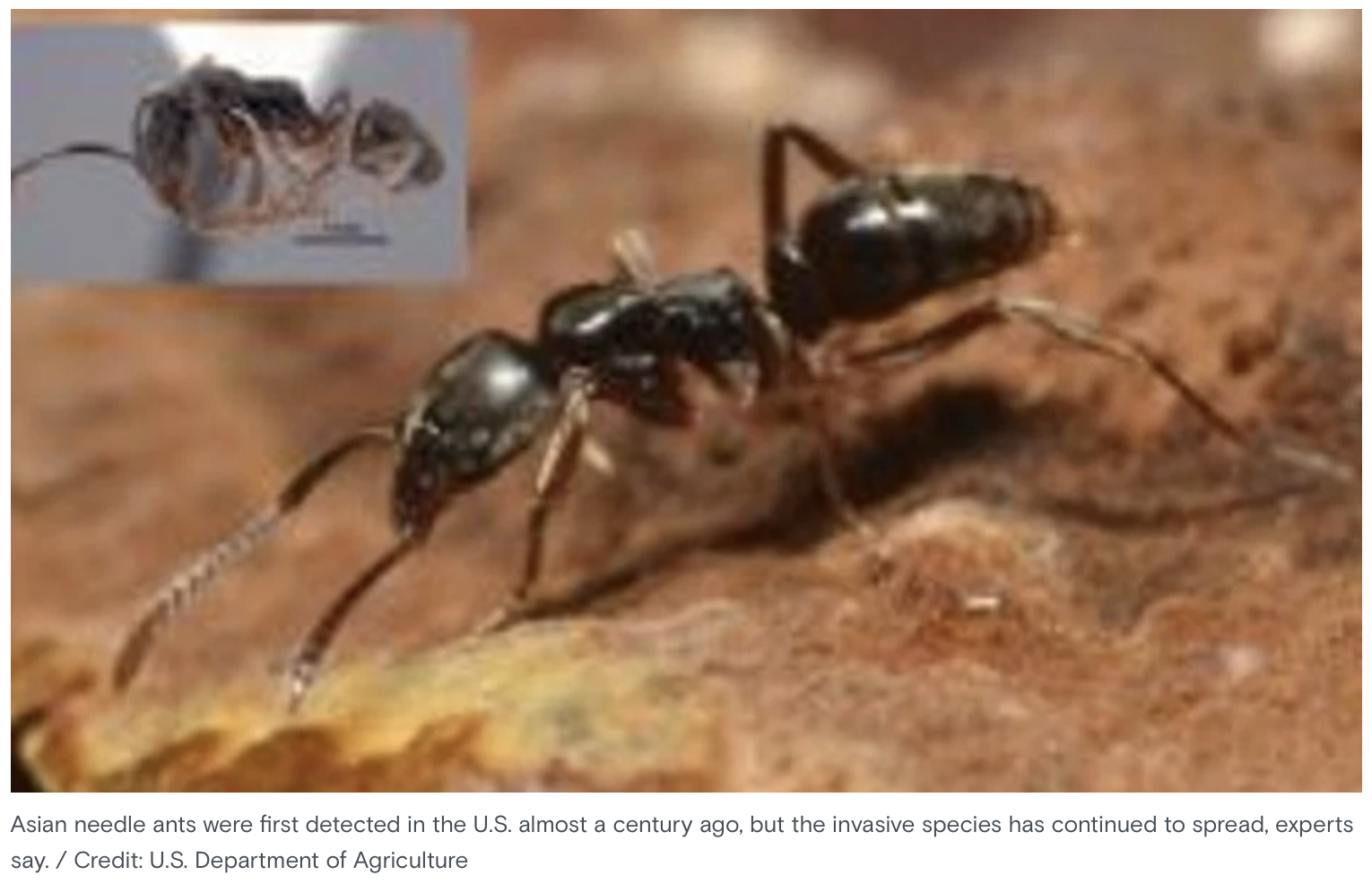Beware the Bite: The "Sneaky" Invasive Ant That’s Spreading Across the U.S.
There’s a tiny invader creeping through more than a dozen U.S. states—and it packs a potentially deadly sting. Meet the Asian needle ant, an invasive species that’s been in the country for nearly a century, but only recently has it started causing real concern among scientists and public health experts.

First detected in Georgia in 1932, these stealthy pests—officially known as Brachyponera chinensis—have slowly spread their reach, especially across the southeastern U.S. Today, they’ve been spotted from Florida to Washington State, with recent sightings in Texas putting experts on high alert.
According to Dan Suiter, a professor of urban entomology at the University of Georgia, Asian needle ants are more than just a nuisance—they can be dangerous. “It injects venom that can harm you. Its sting can be life threatening,” he told the university.
A Sting That Can Kill
While many people experience mild reactions to insect stings, those who are allergic may be at serious risk. Asian needle ants can cause anaphylaxis, a severe and potentially fatal allergic reaction that can strike within seconds. “If you suffer from anaphylaxis, you should really know what this ant looks like,” Suiter warns. He also recommends carrying an EpiPen if you’re in high-risk areas.
What Makes Asian Needle Ants Different?
Unlike some invasive species that show up after natural disasters or human development, Asian needle ants don’t wait for an open invitation. They’re sneaky—just 0.2 inches long—and often go unnoticed because they nest in quiet, undisturbed places like under logs, rocks, and leaf litter. They’re dark brown or black with lighter, orange-brown legs and antennae tips.
Their behavior is just as disruptive as their sting. These ants aggressively outcompete native ant species, especially those crucial for forest health, like seed-dispersing ants. Research shows that areas invaded by Asian needle ants suffer large declines in seed dispersal—putting the balance of entire ecosystems at risk.
What Should You Do If You Spot One?
Because they resemble other ant species, correctly identifying Asian needle ants can be tricky. If you think you’ve found one, experts suggest taking a clear photo or collecting a specimen and contacting your local University of Georgia Extension office—or a local pest professional—for help. Suiter also advises being particularly cautious in forested areas with rotting wood or leaf piles, where the ants often make their homes.
Unfortunately, it looks like Asian needle ants are here to stay. But with increased awareness and vigilance, we can limit their impact—and protect both ourselves and our native ecosystems.